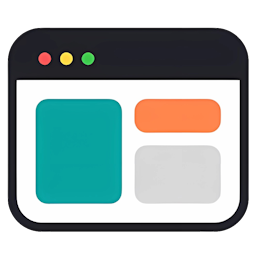
Page
- Specific instances of templates that show what a UI looks like with real representative content in place.
- Serves a single entry of a website
In the context of Atomic Design, a page is the final output that users interact with and is composed of templates, organisms, molecules, and atoms. Here is an example of a simple HomePage page component that uses the HomePageTemplate template:
// HomePage.js
import React from "react";
import HomePageTemplate from "./HomePageTemplate";
const HomePage = () => {
return (
<div>
<HomePageTemplate />
{/* Additional page-specific content can go here */}
</div>
);
};
export default HomePage;
In this example:
HomePageis a page component that renders theHomePageTemplatetemplate.- We can include additional page-specific content within the
HomePagecomponent, such as unique sections or features.
Now, when we use the HomePage component in our application, it represents the final page that users will see:
// App.js
import React from "react";
import HomePage from "./HomePage";
const App = () => {
return (
<div>
<HomePage />
</div>
);
};
export default App;
This structure follows the Atomic Design methodology, where atoms, molecules, organisms, templates, and pages are used to build a scalable and modular design system. The HomePage component serves as the entry point for a specific page in our application, composed of the various building blocks defined in the lower levels of the design hierarchy.
References
- https://atomicdesign.bradfrost.com/chapter-2/#pages